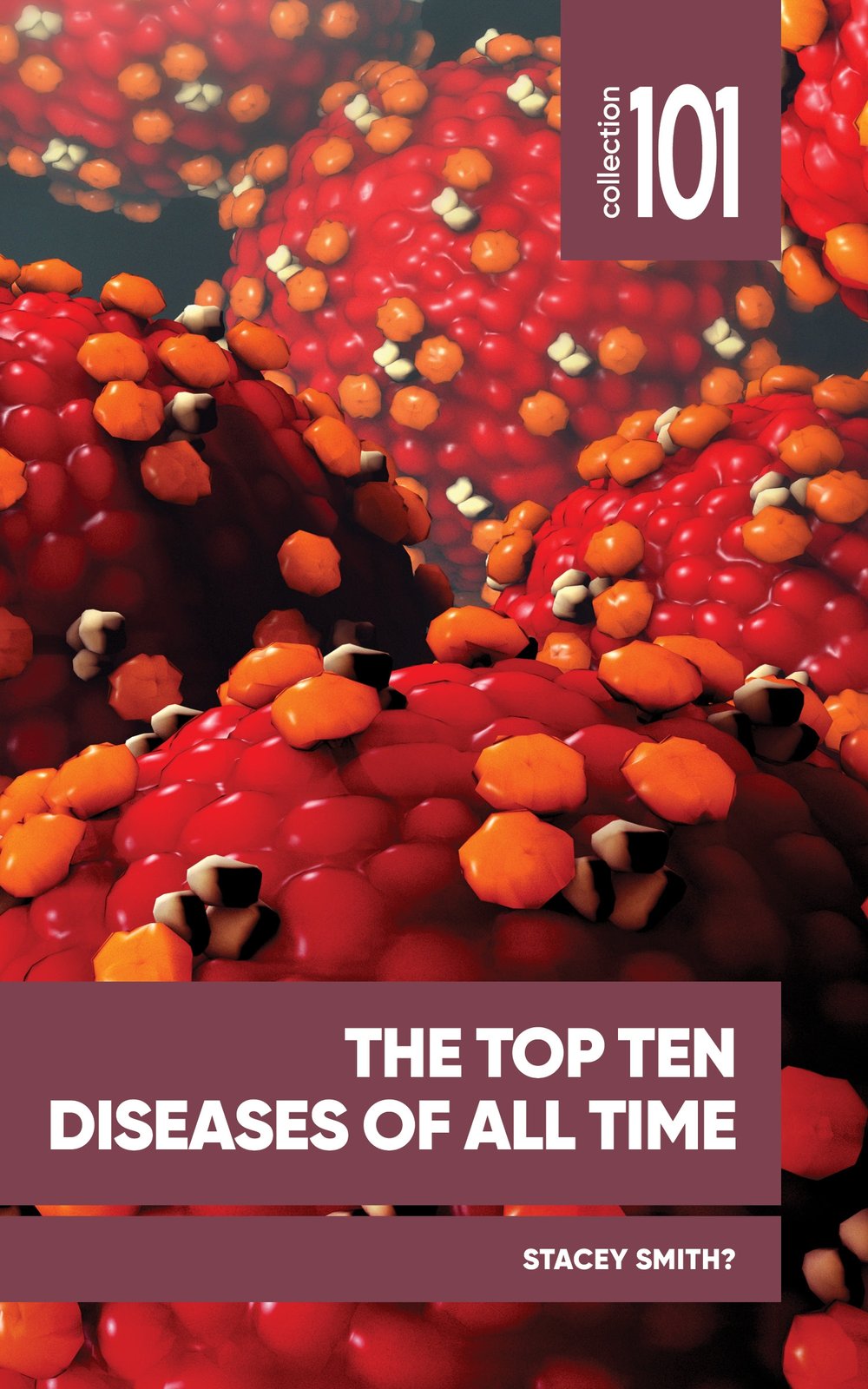The Top Ten Diseases of All Time

Infectious diseases have been with us for millennia and continue to pose a threat, from the irritation of flu season to the potential extinction of our species.
We instinctively fear them and alter our behaviour as a result. The reason we bury bodies six feet deep is because that was the depth that stopped plague transmission from the dead in the Middle Ages. Many religious practices, such as avoiding certain meats, were established because of foodborne disease transmission.
In The Top Ten Diseases of All Time, Stacey Smith? presents the top ten deadliest diseases and their effects on society, providing a wealth of information about the trajectory and terrible impact of each disease, and humanity’s reaction to these diseases throughout the millennia.
Did you know, for example, that:
-The medical symbol evolved from the worms wrapped around a stick, because that was the only way to remove Guinea worms from the body, so having a stick meant you were a doctor.
-Smallpox is the third-worst disease ever, yet it remains the only successfully eradicated human disease (but not for long!), thanks in part to a successful vaccine, in part to photographic recognition cards and in part due to helicopter-led forced vaccinations of whole villages in the former Yugoslavia. This brings up issues of individual rights versus public good that remain relevant today.
-Four diseases were targeted for eradication in the 20th century; the failure to do so led directly to the creation of the environmental movement.
-The inability of priests to explain how to stop the plague in the Middle Ages broke the back of the church as an all-powerful and all-knowing institution and led to colonialism and slavery.
The Top Ten Diseases of All Time offers a fascinating overview of the deadliest diseases to spread throughout the world, including HIV/AIDS, Spanish Flu, Measles, The Black Death, Smallpox and others.

Stacey Smith? is full professor at the University of Ottawa.
No, the question mark is not a typo, but rather how Stacey Smith? distinguishes herself in a world of Google searches. Though the name is unique in itself, it is Stacey’s research that truly marks her as a creative and innovative mathematical biologist.
Professor Smith? is well known for her research in an imaginary field: zombies. “By modelling zombies, we learn about the process of dealing with unfamiliar biology,” says Stacey. Stacey further explores the topic in her book Braaaiiinnnsss: From Academics to Zombies, and in Mathematical Modelling of Zombies, both published at the University of Ottawa Press.
